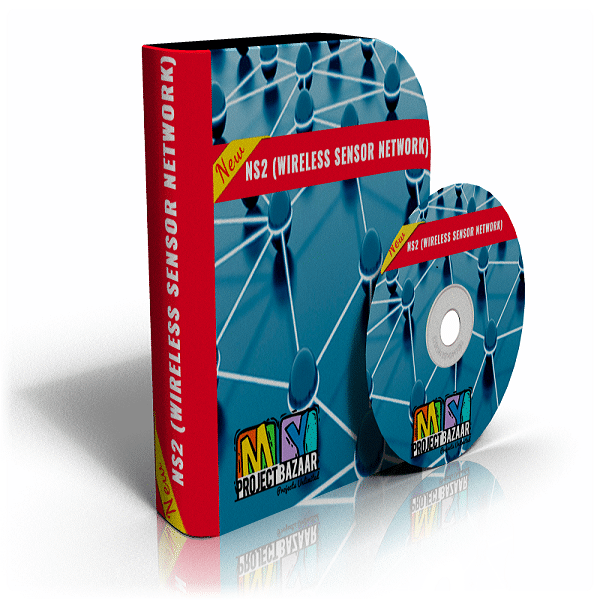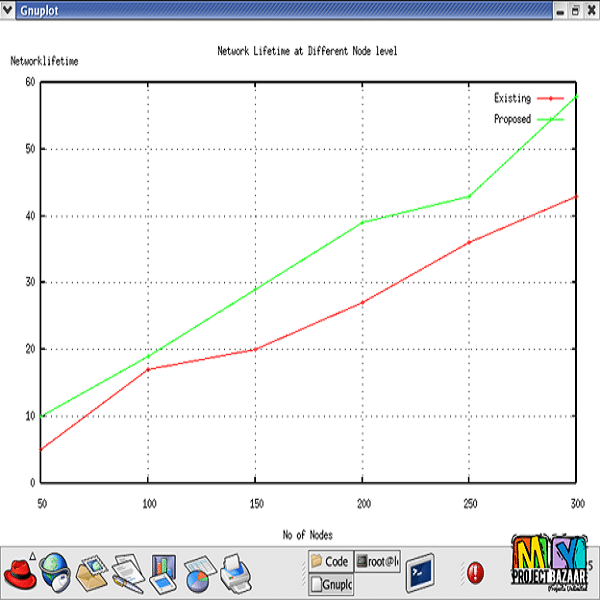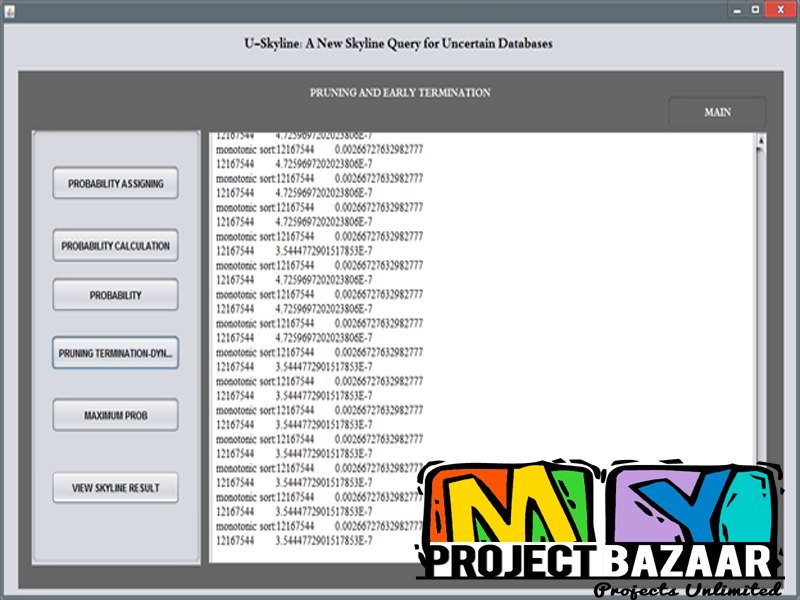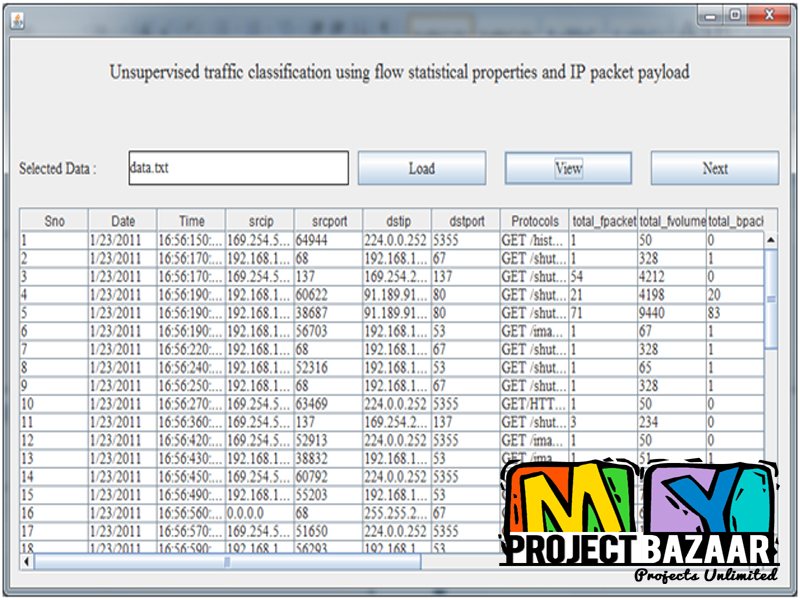An Energy Efficient Cross-Layer Network Operation Model for IEEE 802.15.4-Based Mobile Wireless Sensor Networks
Product Description
An Energy Efficient Cross-Layer Network Operation Model for IEEE 802.15.4-Based Mobile Wireless Sensor Networks
Abstract-IEEE 802.15.4 mobile wireless sensor networks (MWSNs) have been investigated in literature. One major finding is that these networks suffer from control packet overhead and delivery ratio degradation. This increases the network’s energy consumption. This paper introduces a cross-layer operation model that can improve the energy consumption and system throughput of IEEE 802.15.4 MWSNs. The proposed model integrates four layers in the network operation: 1) application (node location); 2) network (routing); 3) medium access control (MAC); and 4) physical layers. The location of the mobile nodes is embedded in the routing operation after the route discovery process. The location information is then utilized by the MAC layer transmission power control to adjust the
transmission range of the node. This is used to minimize the power utilized by the network interface to reduce the energy consumption of the node(s). The model employs a mechanism to minimize the neighbor discovery broadcasts to the active routes only. Reducing control packet broadcasts between the nodes reduces the network’s consumed energy. It also decreases the occupation period of the wireless channel. The model operation leads the network to consume less energy while maintaining the network packet delivery ratio. To the best of our knowledge, the presented operational model with its simplicity has never been introduced. Through simulation-based evaluations, the proposed model outperforms the conventional operation of IEEE 802.15.4-based network and the energy efficient and QoS aware
multipath routing protocol in terms of energy consumption by roughly 10%, twice less control packet overhead, on-par
end-to-end delays and comparative packet delivery ratios.
Including Packages
Our Specialization
Support Service
Statistical Report

satisfied customers
3,589
Freelance projects
983
sales on Site
11,021
developers
175+
















